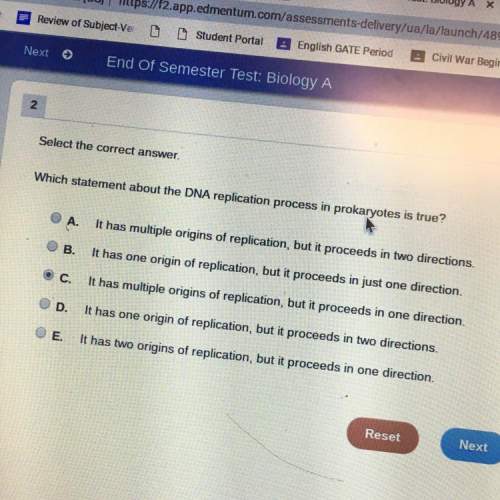
Biology, 18.07.2020 09:01 longoriafaithe09
Mrs Jones is a 55 year old woman, she is 5'6" tall and weighs 140 lbs (63.6 kg). She has suffered a stroke and is unable to eat; therefore, she is receiving a tube feeding. The tube feeding ordered for her provides: 1 calorie/mL and 40 grams of protein/1000 mL. It is infusing at a rate of 50 mL/hour for 24 hours. Hints: Calorie needs: Since she is close to an ideal weight and is considered noncritical care, use the formula of 30 calories per kg of weight (page 142) Protein needs: Use the RDA for adults of 0.8 gms protein per kg of weight (page 50, note that some experts think that a range of 1.0 to 1.2 may be beneficial) Volume: mL per hour x hours of feeding = total volume of feeding Calories provided by tube feeding: number of calories per mL x total volume of feeding = total calories Protein provided by tube feeding: grams of protein per liter (1000 mL) x total liters of feeding provided = grams of protein. [Liters of formula = volume of formula / 100.] 1

Answers: 1


Another question on Biology

Biology, 21.06.2019 22:40
Which sequence correctly shows the path of carbon dioxide during repiration?
Answers: 1

Biology, 22.06.2019 01:30
Scenario 5 1) take 10 red and 10 black beans and place them, mixed, on the table. record the starting phenotype # and frequencies (% of your total population) of your starting population in the table provided (generation 0). 2) act as a predator. “capture” as many organisms as you can until you have reduced the population to three organisms. put them aside. at this point, the predators die. 3) the remaining organisms each produce 2 clonal offspring. multiply your organisms accordingly and allow them to mix on the table. calculate and record the resultant phenotype # and frequencies (% of your total population) of your population in the table provided (generation 1). 4) repeat the reproduction event, allowing each of your organisms to produce 2 clonal offspring. calculate and record the resultant phenotype # and frequencies (% of your total population) of your population in the table provided (generation 2). 5) repeat the reproduction event, allowing each of your organisms to produce 2 clonal offspring. calculate and record the resultant phenotype # and frequencies (% of your total population) of your population in the table provided (generation 3).
Answers: 1

Biology, 22.06.2019 01:30
Select the correct answer. which term do biologists use to describe the average number of individuals of a species per unit area? a. carrying capacity b. population density c. minimal viable population d. survivability curve
Answers: 1

Biology, 22.06.2019 02:30
What are simmilarities and differences between anaerobic respiration in animal and yeast cells? would prefer to get simmilarities as i already got some differences. you!
Answers: 3
You know the right answer?
Mrs Jones is a 55 year old woman, she is 5'6" tall and weighs 140 lbs (63.6 kg). She has suffered a...
Questions

Mathematics, 20.09.2020 23:01

Mathematics, 20.09.2020 23:01

English, 20.09.2020 23:01

Mathematics, 20.09.2020 23:01

History, 20.09.2020 23:01

Biology, 20.09.2020 23:01

Biology, 20.09.2020 23:01

Health, 20.09.2020 23:01

Mathematics, 20.09.2020 23:01

Mathematics, 20.09.2020 23:01





Mathematics, 20.09.2020 23:01

Mathematics, 20.09.2020 23:01


Mathematics, 20.09.2020 23:01






